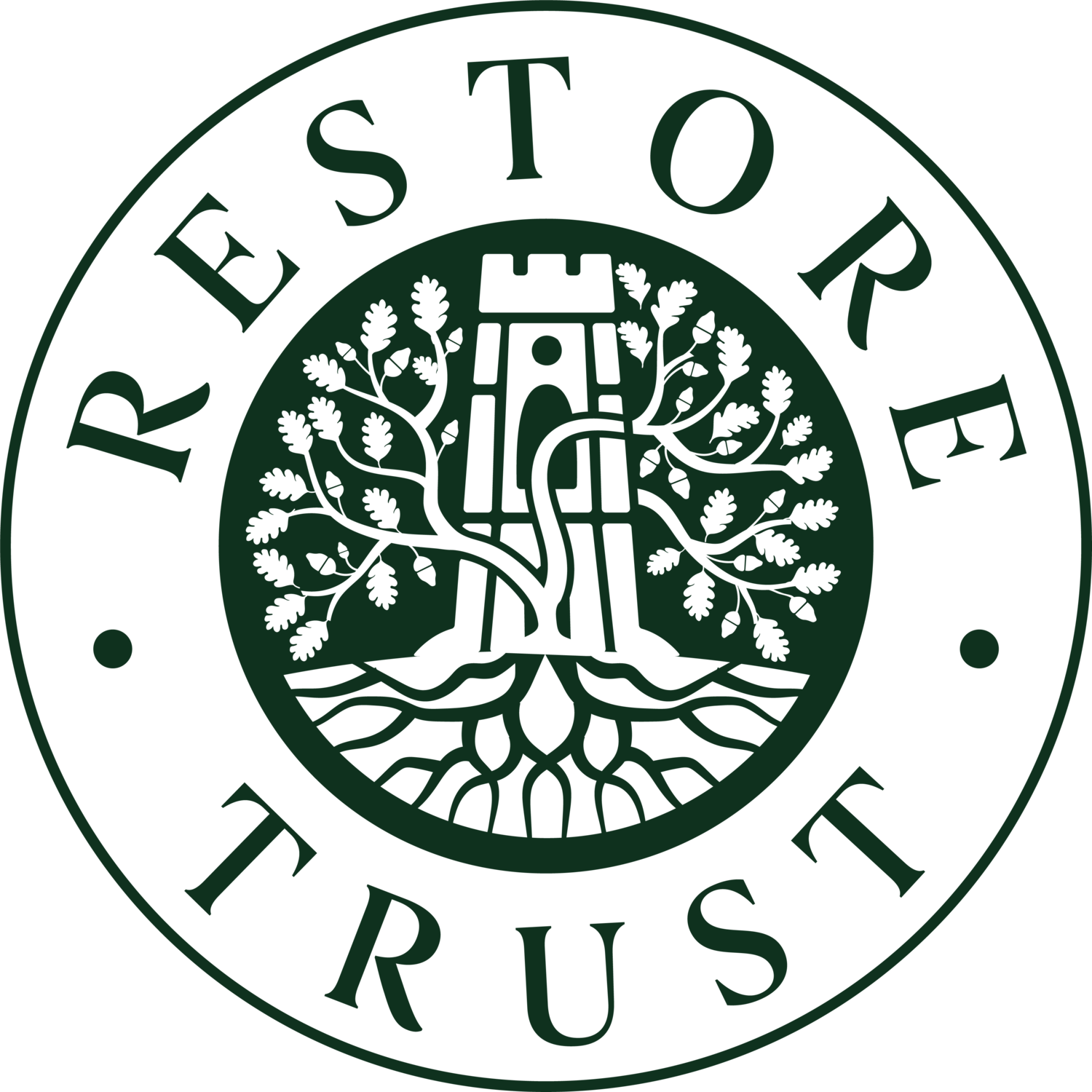The National Trust has betrayed my family’s gift
It is the heritage body’s duty to preserve and restore the Palladian mansion.
But its plans will leave it in ruins
The Daily Telegraph | 23 September 2023
As the National Trust’s AGM approaches, the organisation has questions to answer about the future of Clandon Park, the 18th-century Palladian mansion ravaged by fire in 2015. At the time, the National Trust described the fire as “the most devastating in the Trust’s history”. Helen Ghosh, then directorgeneral, promised that “despite the uncertainty, we would like to reassure all those people who love Clandon as much as we do that it will continue”. But that is not what is now planned.
A member of the Onslow family
– my ancestors – gave the mansion to the National Trust by Deed of Gift in 1956, along with an endowment of £40,500 (approximately £1.3million in today’s money). The deed recited that the donor “is desirous of presenting [Clandon] to the Trust for preservation” under the National Trust Acts of 1907 and 1937. They dictate that the Trust will secure the “permanent preservation” of buildings and land in its care.
But it is now clear that the heritage behemoth has no intention of honouring this undertaking, despite receiving an insurance settlement of £66million for the fire; a figure that it buries deep in the footnotes of a general report.
The National Trust admits that it has “moved away from earlier plans to restore” Clandon. The house remains swaddled in tarpaulin awaiting its fate at the hands of the institution that is failing it. The plan is now not to rebuild, but to “provide a peerless visitor experience using state of the art accessibility” that “responds to the evocative spaces created by the fire”. The “new approach” is to remake Clandon as a “unique X-ray view of how a country house is made” with “sensitively designed” walkways and viewing platforms.
In other words, it will be reimagined as some sort of wheelchair-friendly high-line through the remains of what was one of the nation’s great houses.
Kent Rawlinson, project director of Clandon, claims the end result will be
“an amazing aesthetic experience … A bit like being in the Alps, like looking down in the Alps; it is both terrifying and awe-inspiring and at the same time really beautiful.”
The charity that describes its objectives as “the preservation for the benefit of the nation of lands and tenements (including buildings) of beauty or historic interest” has instead decided to create some sort of avantgarde visitor experience.
The house’s interiors, rather than its facades, were undoubtedly its greatest features. The celebrated, decades-long National Trust architectural historian James Lees-Milne noted in his diaries that Clandon had “some of the best Palladian ceilings in England”. The magnificent Palladio-inspired marble hall, designed by Giacomo Leoni, depicted the tale of Hercules and Omphale. It is no more and there are no plans to restore it.
The heritage body claims that “we have learnt over the last few years that it is simply not possible to meaningfully restore the interior”.
But in 1989, Uppark House (an 18th-century Grade-I listed property in the Trust’s proprietorship) was devastated by a fire, much like Clandon. Uppark was restored to its former glory: a project that a representative for the Trust described as “astonishing, proving beyond doubt that the apogee of these skills in the 18th century could be matched in the 20th”. Why can’t a similar approach be taken at Clandon?
It is not too late to save the
Palladian masterpiece. Heritage advocacy group Restore Trust is encouraging members to vote to restore Clandon Park at the National Trust’s AGM.
The National Trust’s statutory duty is the “permanent preservation” of Clandon Park House. It stands in breach of that duty.
The current plans are a blatant betrayal of the Deed of Gift, intended to preserve the architectural gem for the nation in perpetuity. If Clandon is not safe, where is?

